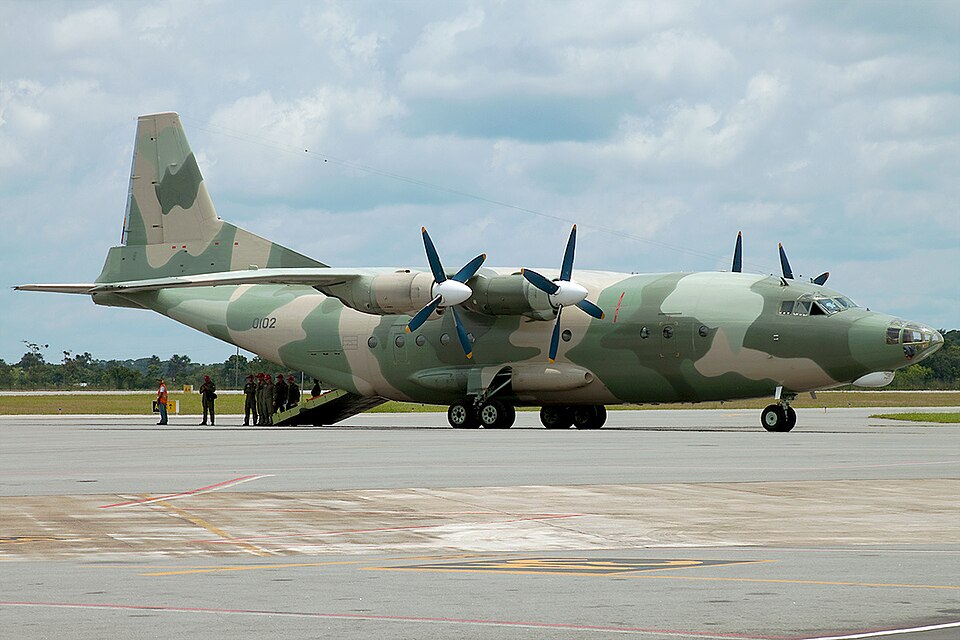
What to make of the arrival of a sanctioned Russian cargo plane in Caracas, while U.S. carrier strike groups have been massing in the Caribbean? That question has moved from speculation to urgent analysis among defense circles in tense weeks that have led up to Operation Southern Spear. The alleged delivery of advanced Russian air defense systems to Venezuela added a new layer of tension to an already volatile stand-off.
The Venezuelan military inventory has long been a patchwork of aging Soviet-era platforms interspersed with select high-end Russian systems. That country’s layered air defense network might be in for significant reinforcement with Moscow reportedly supplying fresh Pantsir-S1 and Buk-M2E batteries. All these developments come against the background of escalated U.S. military activity, precision strikes on alleged narcotics vessels, and open talk in Washington of targeting the Maduro regime’s leadership. Here is a listicle breakdown of the most critical elements in shaping the strategic picture.
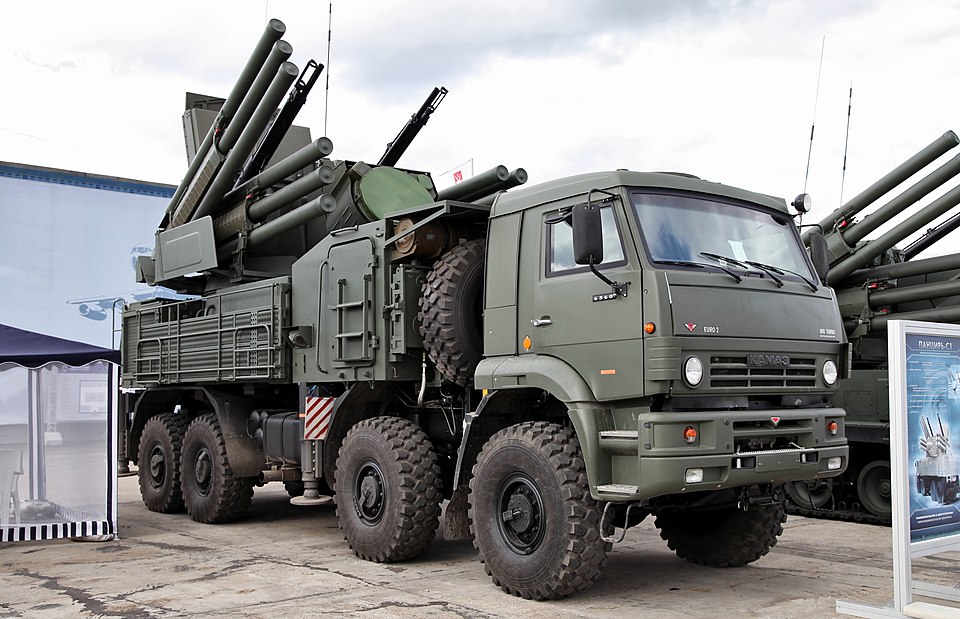
1. The Pantsir-S1 in the Point-Defense Role
Pantsir-S1 is designed to protect high-value assets and longer-range missile systems from low-altitude unmanned aircraft and cruise missile threats. It is fully mobile, operates at short- to medium-range engagement envelopes of about 12-20 miles with altitude coverage up to about 15 km, and features a layered terminal defense consisting of both 57E6 missiles and twin 30 mm cannons.
It comes with improved sensors and faster response times compared to the Pechora-2M that Venezuela has fielded for over a decade. The Pantsir-S1 can operate independently or as part of a network. Pantsir units showed great counter-UAS value in many conflicts during the last decade but were let down by poor siting or lack of support. With integration with early warning radars and disciplined mobility, survivability will be maximum.

2. Buk-M2E as Medium-Range Backbone
The linchpin of the anti-access/area denial structure established by Venezuela is the SA-17 Grizzly, more properly identified as the Buk-M2E. Capable of engaging targets out to 45 km and up to 25 km in altitude, 9M317E missiles are complemented on the system by a suite of radars enabling multiple simultaneous engagements and low-RCS target detection down to 15 meters, including the 9S36 fire-control radar and 9S18M1-3 Kupol target radar.
This therefore means that operationally, Buk-M2E batteries around Caracas or on the coast would pose a real threat to all non-stealth tactical aircraft, maritime patrol planes, and cruise missiles in their terminal approach. Inherent mobility and the added factor of quick redeployment of the system will make its suppression difficult since the adversaries would have to commit persistent ISR and SEAD assets.
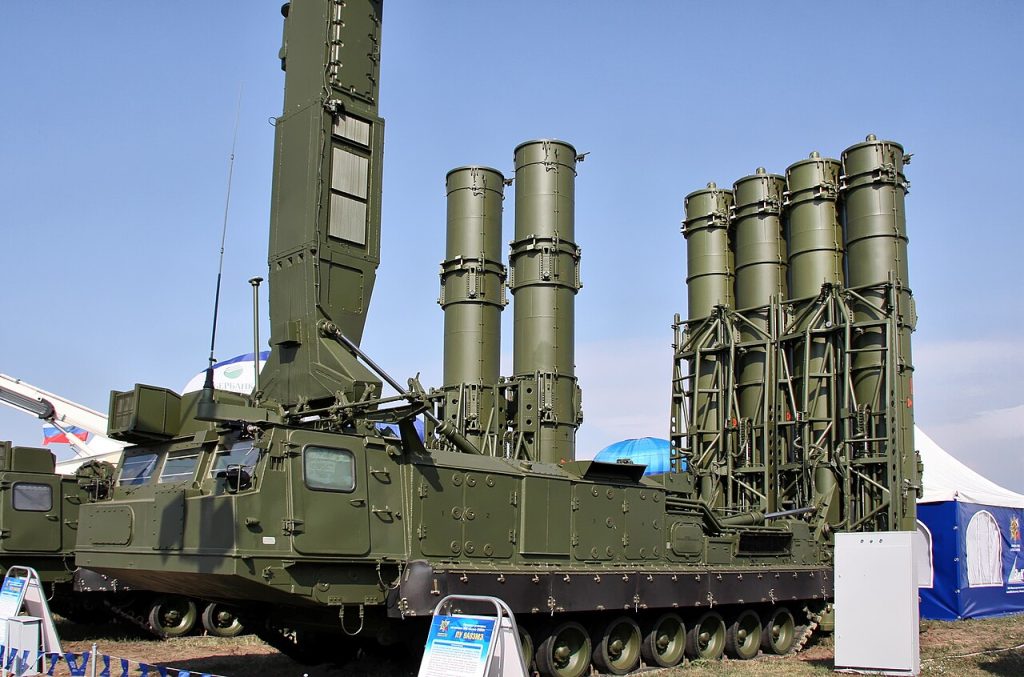
3. S-300VM Strategic Coverage
S-300VMs bought by Venezuela under Hugo Chávez provide long-range coverage out to 124 miles with the 9M82M missile. These systems are tracked, possessing cross-country mobility that complicates targeting, and can engage aircraft, cruise missiles, and certain ballistic threats.
Its existence does introduce a complication insofar as any U.S. strike package must consider high-altitude, long-range intercept capability. There have been some maintenance issues with the S-300VM system again, operational units possess a deterrent value, in particular when layered with Buk-M2E and Pantsir-S1 defenses.

4. Integration of legacy systems
Other older systems still in service include the Pechora-2M for medium altitudes and the ZU-23-2 for low-level coverage. Wheeled launchers and electronic upgrades further extend the relevancy of the Pechora-2M system, while the older ZU-23-2 autocannons are quite effective against helicopters and drones. These legacy platforms provide overlapping kill zones when networked with modern systems. Individually, they are comparatively less capable but more unpredictable and mobile, thereby complicating operations for any adversary.
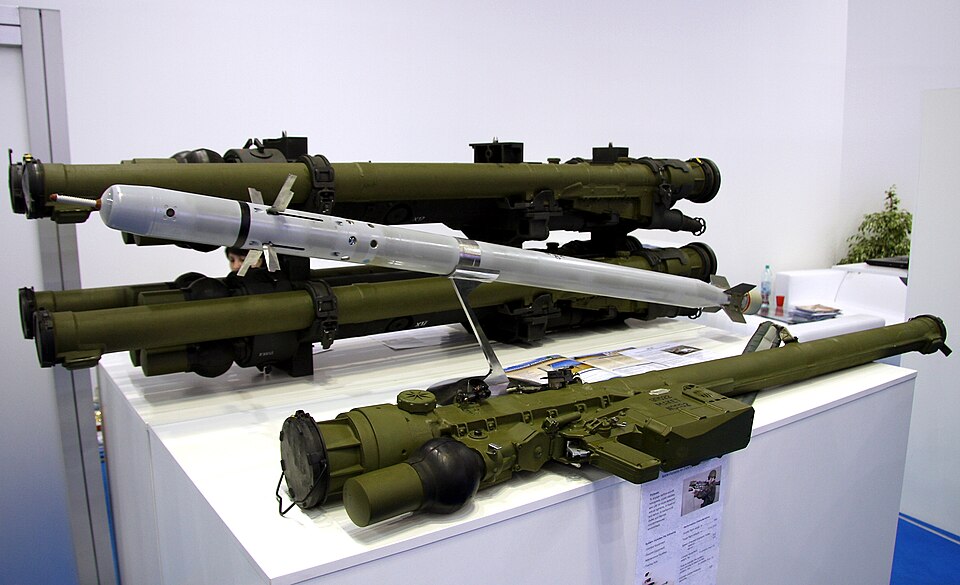
5. MANPADS Inventory
These estimates put the number of Igla-S MANPADS, with a 20,000-foot range, at approximately 5,000 in the Venezuelan arsenal, plus a smaller number of Swedish RBS 70 laser-guided systems. Ineffective against high-altitude jets, such weapons would pose a threat to helicopters and low-flying aircraft in special operations scenarios. Their numbers alone could be a deterrent in such localized conflicts in urban or jungle environments where flight at low altitude cannot be avoided.

6. Russian Logistics via Il-76
Flight records show that an Aviacon Zitotrans Il-76 transport arrived in Caracas on October 26, 2025, stopping en route in Havana and Managua. With its 46–50 ton capacity, the Il-76 is well-suited to move medium vehicles, helicopters, or pallets of defense materiel. This multi-stop route through Africa and into Latin America reflects the Russian strategy of avoiding Western-controlled airspace while maintaining links with aligned governments. Missions such as this underpin Moscow’s logistical reach into the Western Hemisphere.
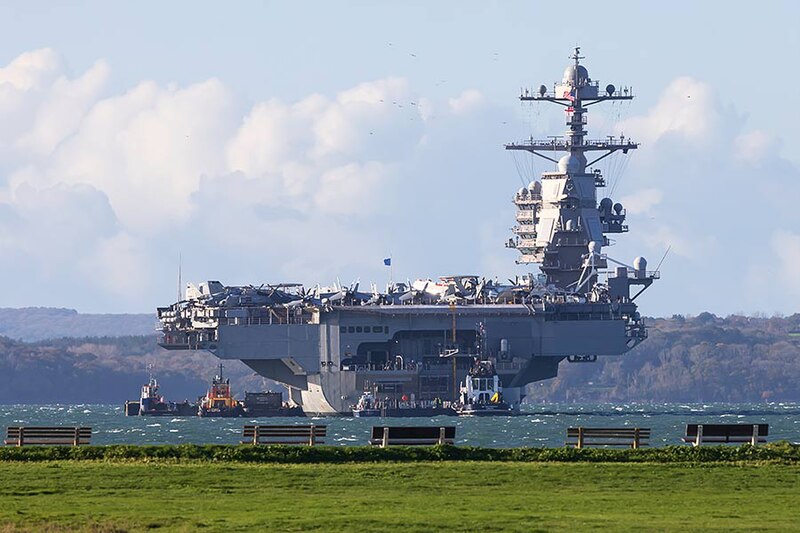
7. U.S. Force Buildup in the Caribbean
Operation Southern Spear has activated nearly a dozen Navy ships, including the USS Gerald R. Ford carrier strike group and about 12,000 sailors and Marines. Assets include F-35B fighters deployed in Puerto Rico, MQ-9 Reaper drones, and guided-missile destroyers. This buildup, packaged as counter-narcotics, also positions the U.S. for precision strikes on Venezuelan targets. The carrier-based airpower, combined with standoff munitions, raises the pressure on Caracas while complicating its defensive calculus.
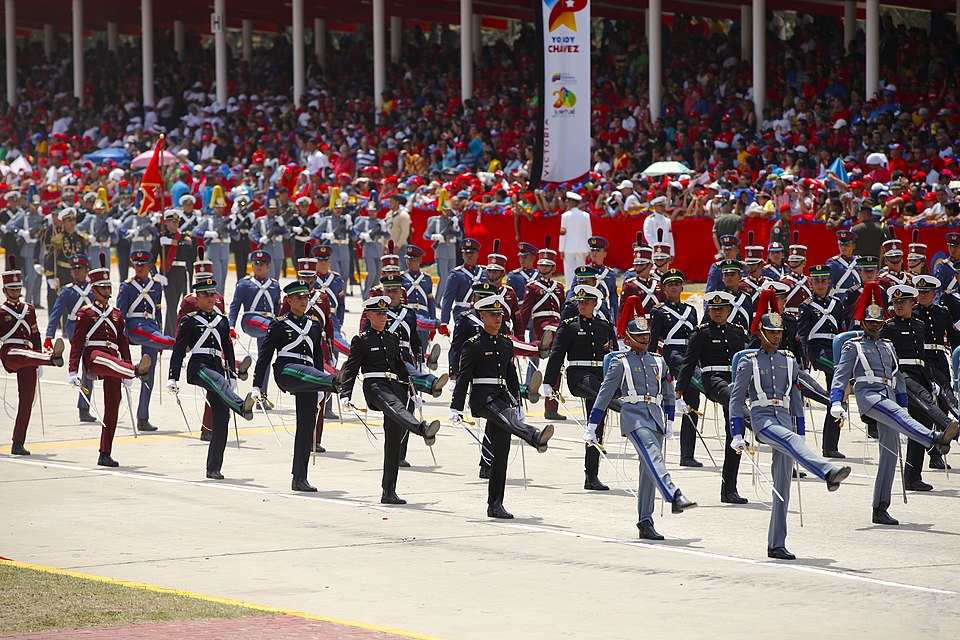
8. Challenges in the Preparedness of the Venezuelans
Despite the high-profile systems, the estimated operational readiness across Venezuela’s armed forces is 25–40%. Most of the air defense units suffer from poor maintenance and obsolete equipment, while training is limited. Communication networks are degraded, and officers reportedly use personal cellphones. Such conditions weaken the effective employment of advanced systems and reduce the capacity of sustained engagement in a prolonged conflict.

9. Strategic Signaling by Moscow
Publicly disclosing the delivery of Pantsir-S1s and Buk-M2Es sends a message of deterrence to Washington and reassurance to Caracas. For Russia, these steps are about demonstrating the reach of logistics and commitment to allies despite resource constraints due to the war in Ukraine. Statements from officials, such as Alexei Zhuravlev, hint at the possible transfer of ballistic missiles, upping the ante psychologically without the commitment to escalation.

10. Implication for U.S. Operational Planning
Additional mobile, layered air defenses add density to the intercept opportunities presented in the Venezuelan airspace. U.S. planners would instead need to devote more ISR, SEAD, and standoff strike assets to mitigate the risk-the operational costs would go up. Though not an insurmountable barrier, the systems narrow down the decision space and demand greater precision in mission planning, especially around defended zones. The reported reinforcement of the air defenses of Venezuela by Russia, in advance of Operation Southern Spear, represents a calculated shift in the regional balance.
Considering the problems of maintenance and readiness, the mix of Pantsir-S1, Buk-M2E, and S-300VM systems presents an increasingly complex threat environment for U.S. forces. This is a low-cost means by which Moscow projects influence into the Western Hemisphere, while for Washington, it is a reminder that even limited deployments can sometimes change the calculus of risk in high-stakes operations.


